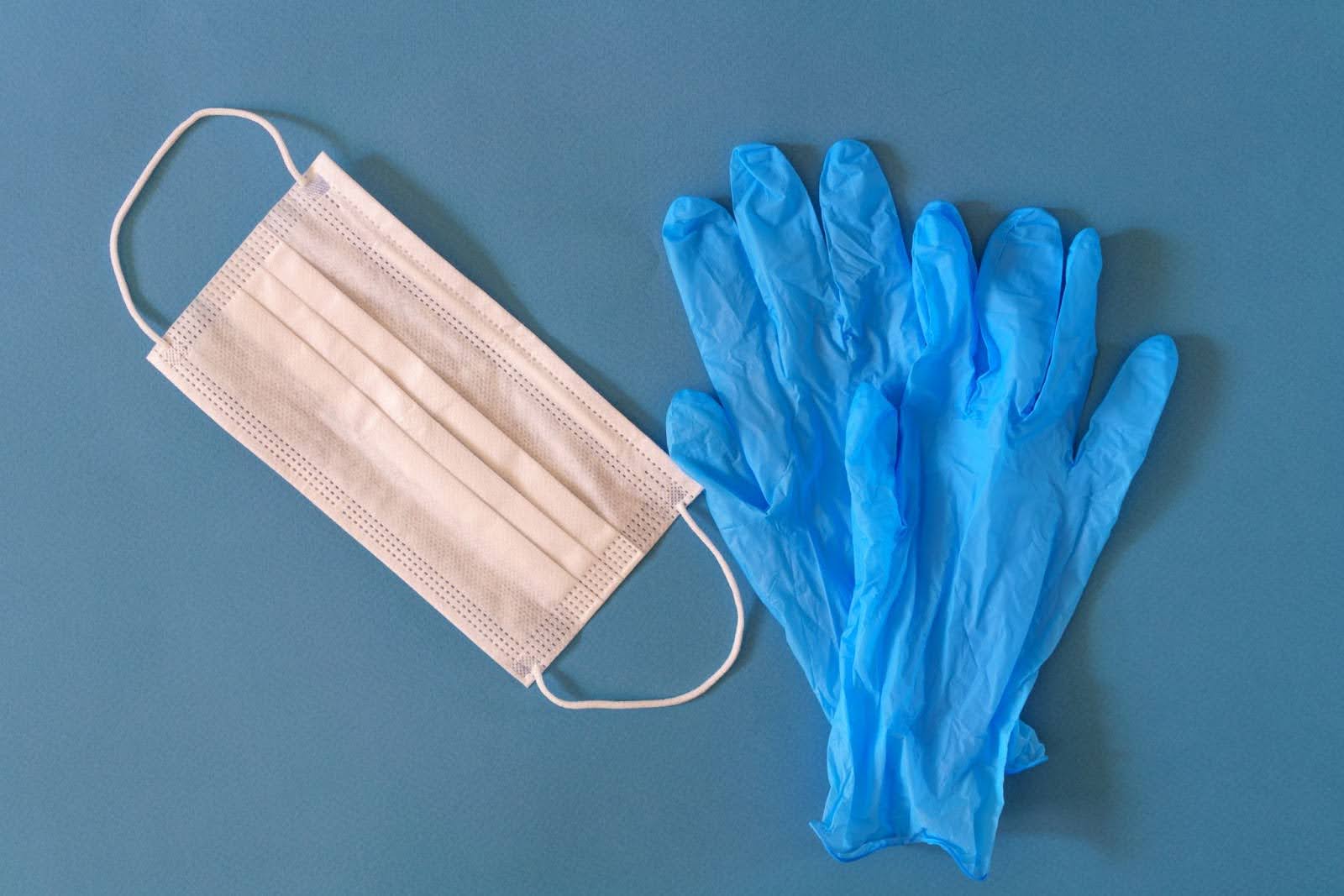Recovering from a wrist operation can be a challenging journey. The wrist is a complex joint, made up of small bones, tendons, and ligaments that work together to allow movement and flexibility. After surgery, the area can feel stiff, weak, or even painful. Physical therapy plays a crucial role in helping patients regain strength, restore function, and prevent long-term complications. Early and consistent rehabilitation is often the key to a successful recovery.
Regaining Mobility After Wrist Operation
A wrist operation, whether for fractures, tendon repairs, or carpal tunnel release, often leaves the joint stiff and limited in motion. Physical therapy focuses on gentle exercises designed to restore movement. Stretching and mobilization techniques help prevent adhesions and stiffness. Regular therapy sessions ensure the wrist gradually regains its full range of motion. Without this care, patients may face permanent limitations. Effective therapy after a wrist operation is essential for restoring normal mobility.
Strengthening Muscles Post Wrist Operation
After surgery, the muscles surrounding the wrist can become weak due to inactivity or immobilization. Physical therapy emphasizes strengthening exercises tailored to the patient’s condition. Resistance bands, light weights, and targeted movements rebuild muscle tone and support joint stability. Strengthening these muscles reduces the risk of reinjury and improves overall hand function. A wrist operation alone is not enough; building strength through therapy ensures lasting recovery.
Reducing Pain Through Therapy After Wrist Operation
Pain is a common challenge after a wrist operation. Physical therapy uses techniques such as manual therapy, cold and heat treatments, and gentle exercises to manage discomfort. Regular movement encourages blood flow, reduces swelling, and accelerates healing. Patients often find that their pain gradually diminishes as they participate in consistent therapy. Addressing pain early allows for a smoother and more comfortable recovery after a wrist operation.
Improving Grip and Coordination After Wrist Operation
Beyond strength, wrist operation recovery requires regaining fine motor skills and hand coordination. Therapists incorporate activities that improve grip, dexterity, and daily function. Tasks like squeezing putty, manipulating small objects, or performing finger exercises help restore control. These exercises translate directly into everyday activities, making tasks like writing, cooking, and lifting easier. A wrist operation’s success is measured not only by healing but also by returning functional movement.
Preventing Future Complications Through Therapy
Skipping physical therapy after a wrist operation can lead to complications like stiffness, weakness, or chronic pain. Therapy helps prevent these outcomes by promoting proper joint alignment and muscle balance. Patients learn exercises they can continue at home to maintain strength and flexibility. Regular follow-up ensures any emerging issues are addressed promptly. Physical therapy is a safeguard against setbacks after a wrist operation.
Psychological Benefits Of Consistent Therapy
Recovery is not just physical; it can affect mental well-being too. Engaging in therapy provides patients with a sense of control and progress. Seeing improvements over time can boost confidence and reduce anxiety about reinjury. The structured environment of therapy sessions also offers motivation and accountability. Mental resilience often grows alongside physical recovery, enhancing overall rehabilitation outcomes.
Conclusion
Physical therapy is an indispensable part of the recovery process following a wrist operation. It restores mobility, strengthens muscles, manages pain, improves coordination, and prevents long-term complications. Patients who commit to a structured therapy plan typically experience faster and more complete recoveries. A wrist operation marks the beginning of healing, but consistent physical therapy ensures the journey leads to full function and a return to everyday life.











